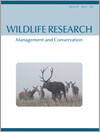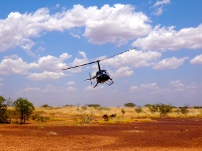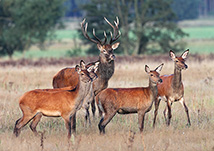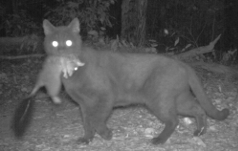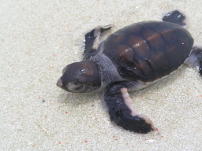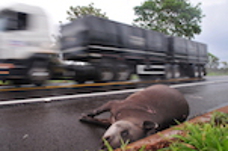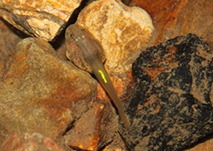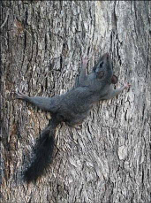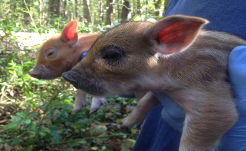WR16221Rabbit haemorrhagic disease: Macquarie Island rabbit eradication adds to knowledge on both pest control and epidemiology
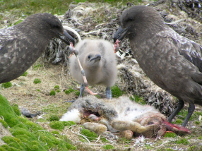
Rabbit haemorrhagic disease virus (RHDV), which is used to control wild rabbits population in Australasia, is least effective in cooler regions where non-pathogenic calicivirus RCV-A1 also circulates. Nevertheless, RHDV is highly effective on sub-Antarctic Macquarie Island where RCV-A1 is apparently absent, ruling out climate as the limiting factor. The use of RHDV reduces risks of seabirds scavenging poisoned rabbits and facilitates pest eradication. Photograph by Keith Springer.


